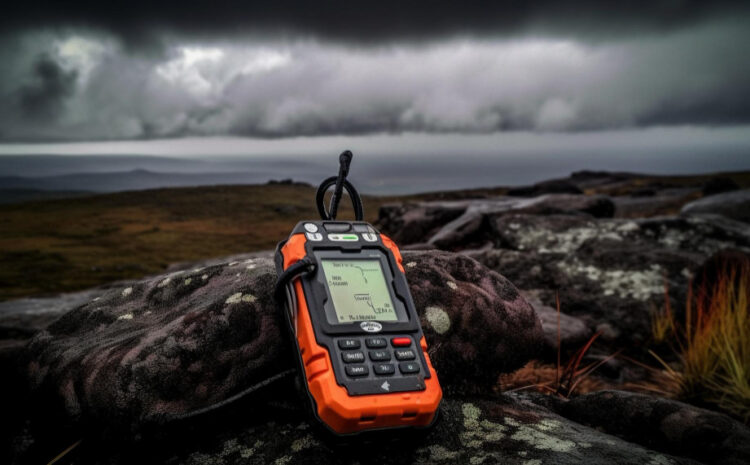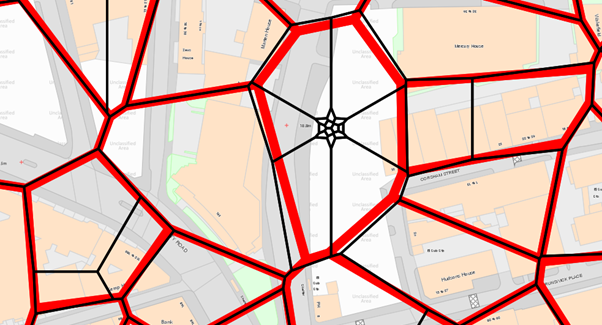Complete Guide to Downloading Ordnance Survey OpenData for Free Ordnance Survey (OS) is Britain’s national mapping agency, providing some of the world’s most accurate and detailed geographic data. While many OS products are commercial, they offer a substantial collection of…
UK Census 2021 Data GIS Mapping Tutorial Introduction The UK Census 2021 represents the most comprehensive snapshot of the UK population in a decade, providing invaluable demographic, social, and economic data. This tutorial will guide you through the process of…
Complete Guide to ONS Open Geography Portal Boundary Files Download The Office for National Statistics (ONS) Open Geography Portal is the UK’s official platform for accessing free and open geospatial data. The portal serves as the UK’s official Office for…
Parliamentary Constituency Boundaries GIS Data Parliamentary constituency boundaries represent one of the most critical datasets in democratic governance, defining the geographic areas that elect representatives to national legislatures. Geographic Information Systems (GIS) technology has revolutionized how these boundaries are created,…
Lower Layer Super Output Areas (LSOA) Mapping Lower Layer Super Output Areas (LSOAs) represent one of the most important statistical geography frameworks used across England and Wales for data collection, analysis, and policy implementation. These small-scale geographic boundaries serve as…
Middle Layer Super Output Areas (MSOA) Analysis Middle Layer Super Output Areas (MSOAs) represent a crucial component of the UK’s statistical geography framework, serving as the backbone for detailed socioeconomic analysis and policy development across England and Wales. These geographic…
Statistics Canada Boundary Files Download Guide Overview Statistics Canada boundary files are essential geospatial datasets that define the geographic boundaries of various administrative and statistical areas across Canada. These files are used for mapping, spatial analysis, and data visualization in…
NAD83 CSRS vs NAD83 Original Introduction The North American Datum of 1983 (NAD83) serves as a fundamental geodetic reference system for mapping and surveying across North America. However, in Canada, two distinct realizations of this datum exist: the original NAD83…
Economic Geography GIS Research Methods Economic geography examines the spatial distribution of economic activities, the relationships between places and economic processes, and how location influences economic behavior. Geographic Information Systems (GIS) have revolutionized economic geography research by providing powerful tools…
OS Code-Point Open Postcode Mapping Data Ordnance Survey’s Code-Point® Open is an open dataset of all the current postcode units in Great Britain. Code-Point Open locates over 1.7 million postcode units for Great Britain, each having a notional geographical location.…











